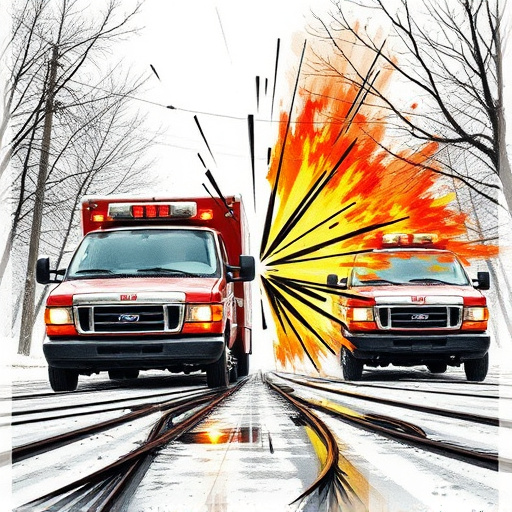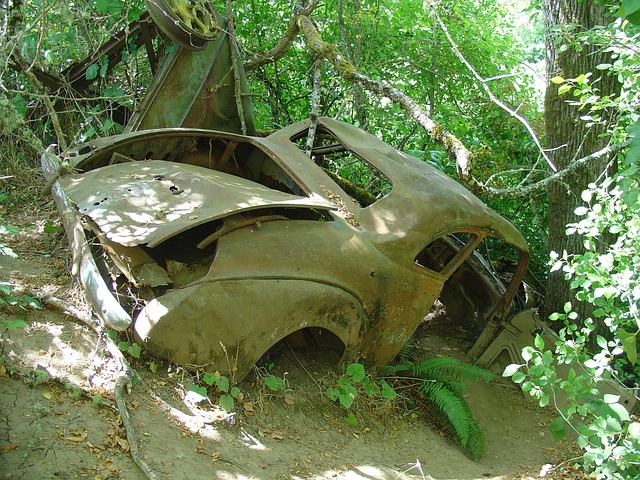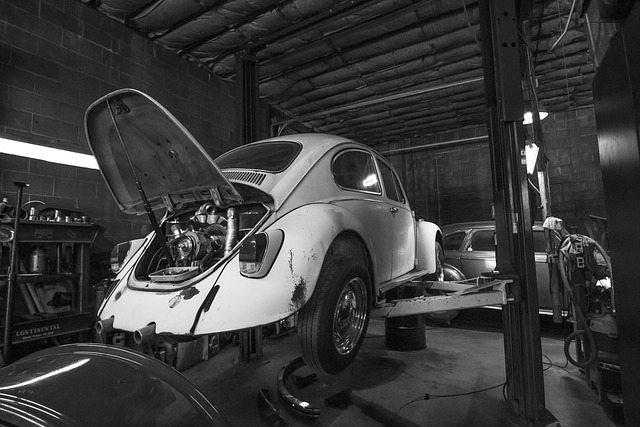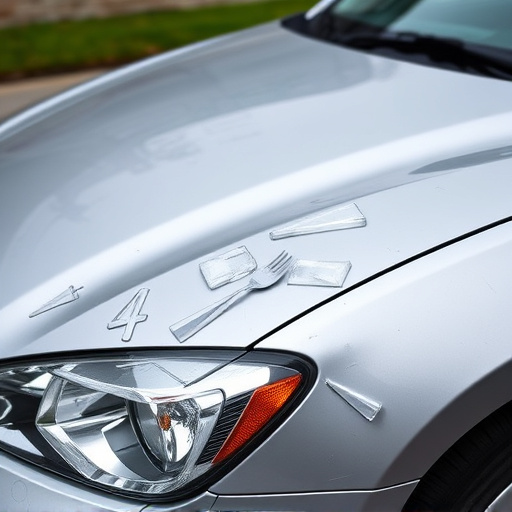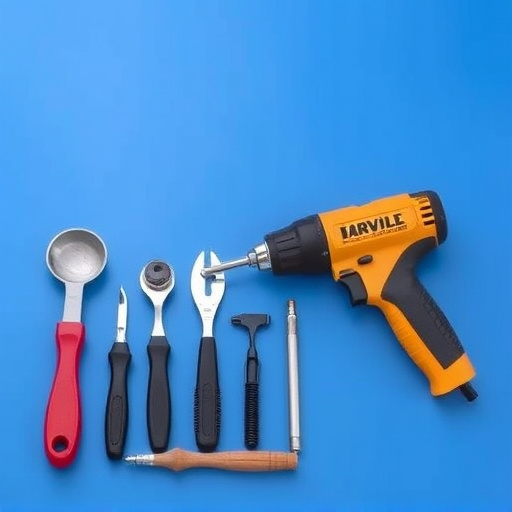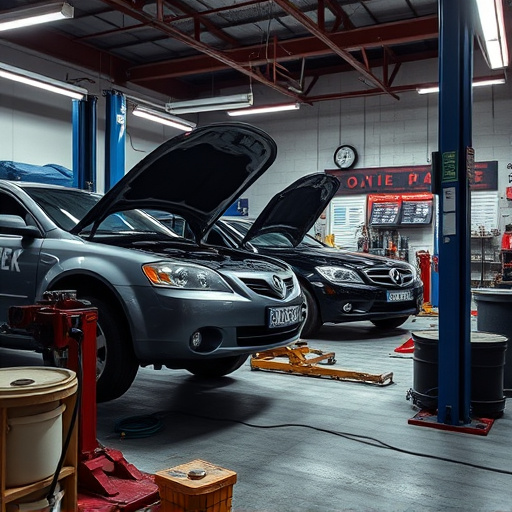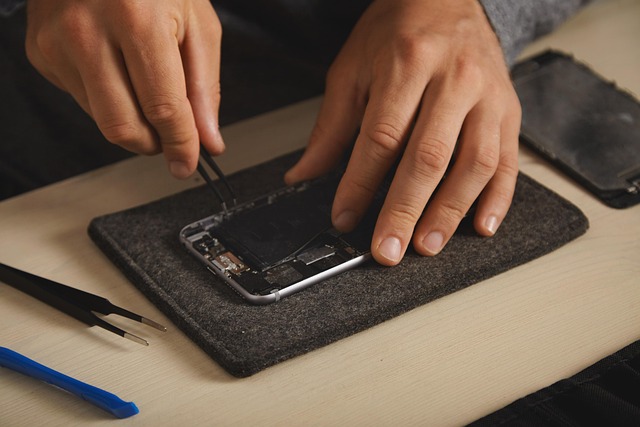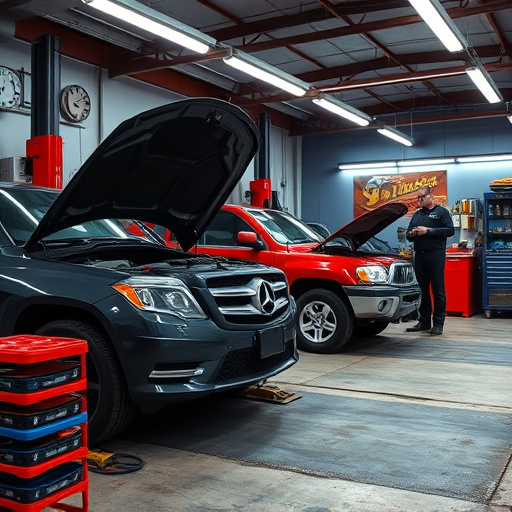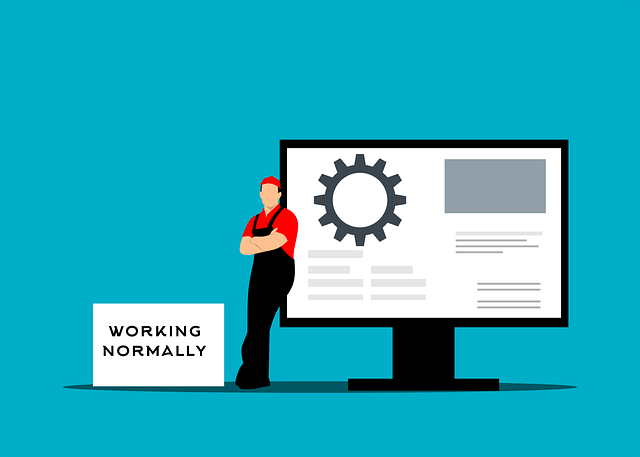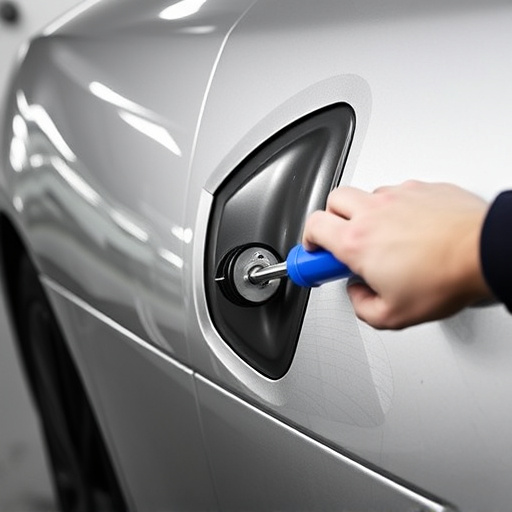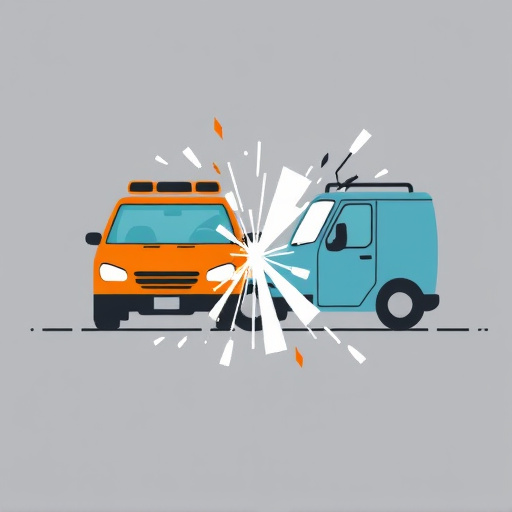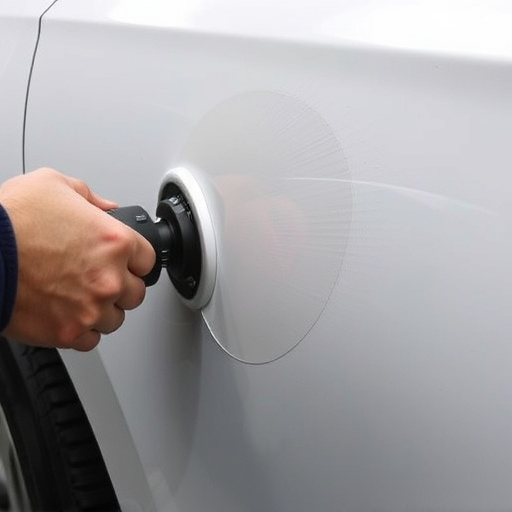Claim dispute resolution (CDR) is a structured process for addressing disagreements in automotive claims, particularly for body shop services, encouraging communication, negotiation, and collaboration between claim holders, insurance providers, and mediators. CDR aims to achieve fair, efficient resolutions, avoiding legal battles, reducing costs, and maintaining stakeholder control, especially in complex cases. Vital for businesses like car restoration and auto body painting, CDR mitigates financial losses, protects reputations, and maintains client trust by promptly addressing customer disagreements. Utilizing digital platforms and case management software improves communication, streamlines documentation, and reduces administrative burdens, while data analytics can help proactively prevent common dispute causes for smoother processes and enhanced customer satisfaction.
“Unraveling the complexities of claim dispute resolution (CDR) offers a powerful path to enhanced business efficiency and customer satisfaction. This article explores the transformative power of CDR, a process that facilitates the peaceful settlement of disagreements between insurers and claimants.
From reducing legal costs and time delays to fostering trust and brand loyalty, understanding CDR’s benefits is key to optimizing insurance claims management. We’ll delve into effective strategies to navigate these disputes, ensuring a seamless experience for all involved.”
- What is Claim Dispute Resolution?
- Benefits of Effective Claim Dispute Resolution
- Strategies to Optimize Claim Dispute Resolution Processes
What is Claim Dispute Resolution?
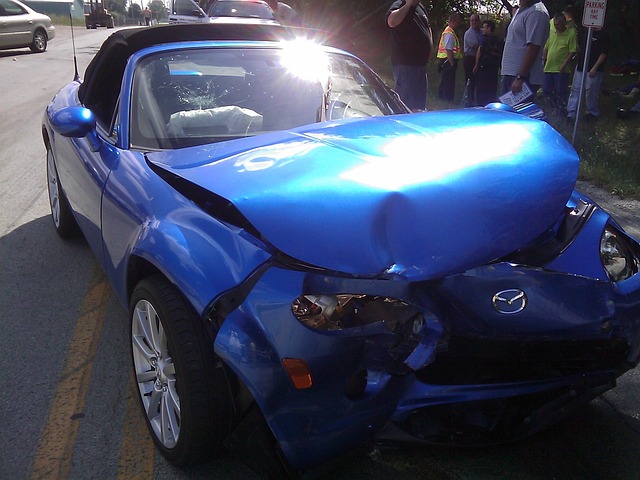
Claim dispute resolution is a structured process designed to address and resolve disagreements or conflicts that arise from various types of claims, including those in the automotive industry. It’s a systematic approach that facilitates communication, negotiation, and collaboration between claim holders, insurance providers, and sometimes, third-party mediators or arbitrators. The primary goal is to achieve a mutually agreeable solution that meets the needs of all involved parties, ensuring fairness and efficiency in resolving disputes related to body shop services or collision repair.
This resolution process is particularly beneficial in cases involving auto collision centers, where claims for vehicle damage or personal injuries can be complex. By employing claim dispute resolution techniques, stakeholders can avoid lengthy legal battles, reduce costs associated with litigation, and maintain a level of control over the outcome. It encourages open dialogue, promotes understanding of each party’s perspective, and allows for creative solutions that may not be possible through traditional legal channels.
Benefits of Effective Claim Dispute Resolution
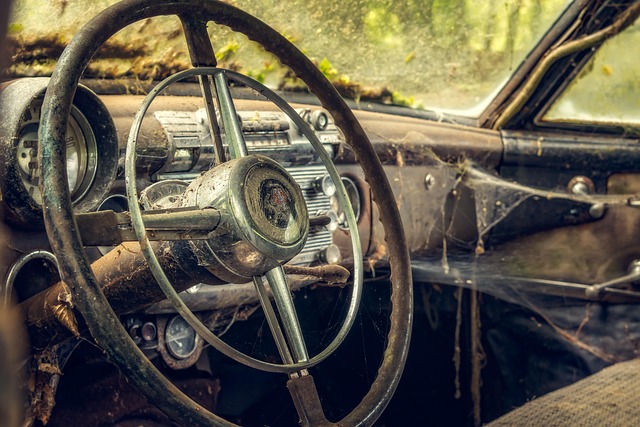
Efficient claim dispute resolution is a cornerstone for any business, especially those in industries like car restoration and auto body painting. By promptly addressing and resolving disagreements, companies can significantly mitigate financial losses and protect their reputation. When a customer disputes a bill or the quality of service, quick action shows professionalism and respect. For instance, in Mercedes-Benz repair, where precision and detail are paramount, a well-handled dispute process can enhance client trust and encourage repeat business.
Moreover, effective claim dispute resolution fosters a culture of transparency and collaboration. It encourages open communication between businesses and their clients, leading to better understanding and stronger relationships. This is particularly crucial in complex cases that may require additional services or explanations. By resolving disputes efficiently, companies not only maintain customer satisfaction but also create opportunities for growth and improvement, whether it’s enhancing service quality or refining billing practices for procedures like car restoration or auto body painting.
Strategies to Optimize Claim Dispute Resolution Processes
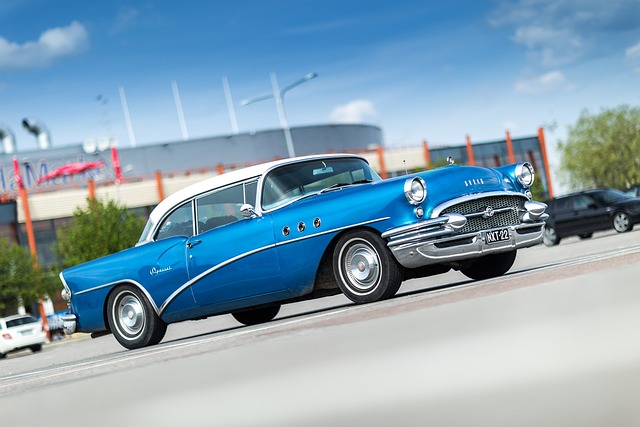
To optimize claim dispute resolution processes, organizations should first establish clear and efficient communication channels between all stakeholders involved, including policyholders, insurance providers, and auto body restoration or frame straightening specialists. Implementing digital platforms and case management software can streamline documentation, track claims progress, and facilitate real-time updates, enhancing transparency and reducing administrative burdens.
Additionally, adopting data analytics to identify patterns in dispute causes and outcomes can provide valuable insights for improvement. By analyzing historical claim data, companies can proactively develop strategies to prevent common disputes related to automotive repair, such as misinterpreting policy terms or discrepancies in estimated repair costs. This proactive approach ensures smoother processes, faster resolutions, and enhanced customer satisfaction during what can often be a challenging experience.
Claim dispute resolution (CDR) offers significant benefits, from cost and time savings to enhanced reputation and customer satisfaction. By implementing effective CDR strategies, businesses can streamline processes, reduce legal fees, and foster stronger relationships with clients. Optimizing these resolutions is a game-changer in managing risks and ensuring fairness, ultimately elevating the overall customer experience.
